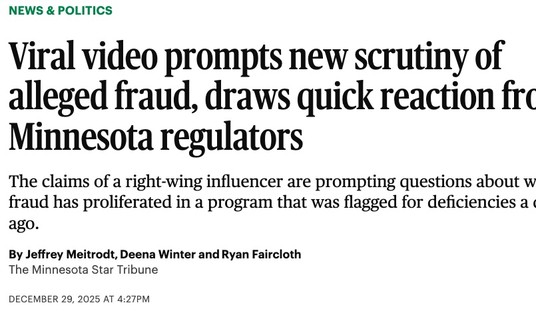The Environmental Protection Agency has for awhile now been working on regulations to further — ahem — “clarify” the reach of their jurisdiction over the United States’ various bodies of water. A leaked draft report of the EPA’s proposal for granting more authority unto themselves had farmers, ranchers, and the energy and commerce industries up in arms over the possibilities for infringing on private property rights to micromanage even small and temporary bodies of water, and the draft’s official release this afternoon isn’t doing anything to dispel any of those business groups’ fears:
The Environmental Protection Agency and the U.S. Army Corps of Engineers unveiled rules designed to reverse the effects of the Supreme Court’s 2006 Rapanos ruling, which narrowed the government’s ability to enforce antipollution laws for smaller streams and bodies of water. The landmark ruling and other court decisions have hindered the government’s water enforcement efforts in recent years because of disputes over EPA jurisdiction.
The proposed rules would clarify which waterways are subject to federal antipollution regulations based on a scientific study on how discharges from certain classes of smaller bodies of water, including intermittent streams and wetlands, affect water quality downstream. …
The regulatory action may provoke legal challenges from several economic sectors, including the agriculture, construction and energy industries, because the rules could delay projects while permits are sought for dredging, filling or drainage in more areas.
“EPA has added just about everything into its jurisdiction by expanding the definition of a ‘tributary,'” said Kevin Kelly, president of the National Association of Home Builders. The organization said the regulations would greatly increase the number of construction sites that are required to obtain appropriate permits.
Our esteemed bureaucrats are waving away these concerns, claiming that the longstanding conservation exemptions for common agriculture and ranching operations will still apply, and that really, this effectively amounts to a cutting of red tape for businesses because the EPA simply wants to eliminate the uncertainty surrounding what is and is not a navigable water or wetland. …By, you know, expanding the definition of navigable waters and wetlands. Given the EPA’s recent history of using their federal regulatory hammer to punish even private citizens for challenging alleged violations, I don’t think business groups or their Congresspeople are inclined to take the EPA at their word.
However, [Sen.] Vitter accused the EPA of “picking and choosing” its science while trying to “take another step toward outright permitting authority over virtually any wet area in the country.” …
Sen. Lisa Murkowski, R-Alaska, echoed those concerns, saying the change “could result in serious collateral damage to our economy.”
“[I]t appears that the EPA is seeking to dramatically expand its jurisdictional reach under the Clean Water Act,” she said in a statement. The senator added that the change could have a huge impact on Alaska.
“If EPA is not careful, this rule could effectively give the federal government control of nearly all of our state — and prove to be a showstopper for both traditional access and new development,” she said.








Join the conversation as a VIP Member